Introduction
Tea tree mushrooms, scientifically known as Agrocybe aegerita, are a culinary gem prized for their earthy flavor, meaty texture, and versatile applications in global cuisines. Native to East Asia, these fungi thrive on the trunks of tea trees, absorbing nutrients that contribute to their unique taste profile. However, like many dried mushrooms, tea tree mushrooms require proper rehydration before they can be transformed into delectable dishes. This process not only restores their texture but also unlocks their full flavor potential. In this comprehensive guide, we will explore the science behind rehydration, step-by-step methods, common pitfalls to avoid, and creative ways to incorporate these mushrooms into your meals.
Understanding Tea Tree Mushrooms
Before diving into rehydration techniques, it’s essential to grasp why tea tree mushrooms are a staple in kitchens worldwide. Their umami-rich taste, reminiscent of meaty flavors, makes them an ideal substitute for meat in vegetarian and vegan dishes. Additionally, they are rich in dietary fiber, antioxidants, and B-vitamins, offering both culinary and nutritional benefits. Dried tea tree mushrooms, which are more commonly available, have a longer shelf life and concentrated flavor compared to their fresh counterparts. However, their dried state requires careful preparation to ensure optimal results.
The Science of Rehydration
Rehydration is more than just adding water to dried mushrooms—it’s a biochemical process that revives their cellular structure. Dried mushrooms lose moisture through evaporation, causing their cells to collapse. When rehydrated, water re-enters these cells, swelling them back to their original shape. The temperature of the water used affects this process: cold water preserves texture but takes longer, while hot water accelerates rehydration but may soften the mushrooms more aggressively. Understanding this balance is key to achieving the desired outcome.
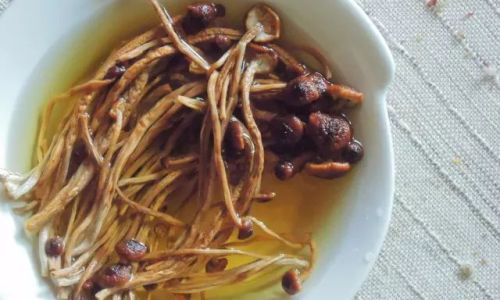
Why Proper Rehydration Matters
Skipping or rushing the rehydration step can lead to disappointing results. Under-rehydrated mushrooms may remain tough, chewy, or overly concentrated in flavor, overpowering a dish. Conversely, over-soaking can result in mushy, waterlogged mushrooms that lack structure. Proper rehydration ensures even cooking, balanced flavor, and a texture that complements various dishes, from stir-fries to soups.
Step-by-Step Guide to Rehydrating Tea Tree Mushrooms
Preparation: Cleaning and Inspection
Begin by examining the dried mushrooms. Remove any visible debris, such as wood chips or dirt, using a soft brush or damp cloth. Avoid rinsing them under running water at this stage, as this can prematurely introduce moisture. Trim the tough, fibrous ends of the stems using kitchen shears, as these parts are less palatable and take longer to soften.
Choosing the Right Water Temperature
The debate between cold and hot water rehydration often divides home cooks. Here’s a breakdown of both methods:
-
Cold Water Soak (Ideal for Preserving Texture)
- Place the cleaned mushrooms in a bowl and cover them with cold water.
- Allow them to soak for 6–8 hours, or overnight, in the refrigerator.
- This method yields mushrooms with a firm, slightly chewy texture, perfect for stir-fries or grilling.
-
Hot Water Soak (For Quick Results)
- Bring a kettle of water to a near-boil (around 160–180°F or 70–80°C).
- Pour the hot water over the mushrooms in a heatproof bowl.
- Let them soak for 20–30 minutes, or until fully rehydrated.
- This method is faster but may result in a softer texture, suitable for soups or purees.
Monitoring the Process
Regardless of the method, check the mushrooms periodically. Gently press a mushroom between your fingers—it should feel pliable but not slimy. Over-soaked mushrooms may release a gummy residue, indicating overhydration.
Draining and Rinsing
Once rehydrated, drain the mushrooms using a colander. Rinse them under cool running water to remove any remaining grit. Avoid excessive agitation, as this can bruise the delicate caps.
Squeezing Excess Water (Use Caution)
Lightly press the mushrooms between your palms to remove excess moisture. However, avoid wringing them out, as this can crush their texture. Pat them dry with a clean kitchen towel if needed.
Storing Rehydrated Mushrooms
If not using immediately, store rehydrated mushrooms in an airtight container filled with their soaking liquid (strained of debris). They can keep in the refrigerator for up to 5 days. The soaking liquid, now rich in mushroom essence, can be used as a flavorful broth in soups or sauces.
Common Mistakes to Avoid
-
Using Too Little Water
Mushrooms expand significantly during rehydration. Use at least three times their volume in water to prevent uneven soaking.
-
Ignoring Sediment
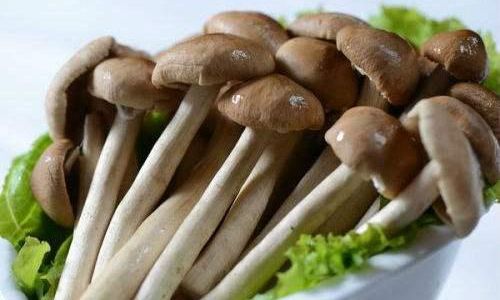
Dried mushrooms often release sediment into the soaking liquid. Strain this liquid before using it in recipes to avoid gritty textures.
-
Overcrowding the Bowl
Overlapping mushrooms can trap moisture unevenly. Arrange them in a single layer for consistent rehydration.
-
Discarding the Soaking Liquid
The liquid is a goldmine of flavor. Use it in stocks, risottos, or gravies to deepen umami notes.
Advanced Techniques for Enthusiasts
Dual-Temperature Soak
- Start with a 30-minute hot water soak to jumpstart rehydration, then switch to cold water for an additional 2 hours. This balances speed and texture preservation.
Flavor-Infused Soaking Liquid
- Add aromatics like garlic, ginger, or peppercorns to the soaking water for an extra layer of flavor.
Dehydrating After Rehydration
- For texture experiments, partially rehydrate mushrooms, then dehydrate them again at a low temperature (140°F/60°C) for a chewier consistency.
Culinary Applications of Rehydrated Tea Tree Mushrooms
Stir-Fries
- Slice rehydrated mushrooms into strips and stir-fry with vegetables, soy sauce, and sesame oil for a quick, savory dish.
Soups and Stews
- Add whole or chopped mushrooms to broths, ramen, or hearty stews. Their meaty texture holds up well in liquid-based recipes.
Vegan “Meat” Dishes
- Marinate rehydrated mushrooms in a mixture of soy sauce, smoked paprika, and maple syrup, then roast for a plant-based alternative to pulled pork.
Stuffed Mushrooms
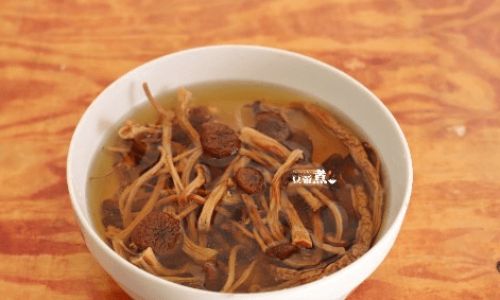
- Use large caps as vessels for fillings like quinoa, spinach, and cheese, then bake until golden.
Dips and Spreads
- Puree rehydrated mushrooms with cashews, nutritional yeast, and herbs for a creamy, umami-packed dip.
Health Benefits and Nutritional Profile
Tea tree mushrooms are not just a culinary delight—they also offer several health advantages:
- Rich in Antioxidants: Compounds like polysaccharides and phenols combat oxidative stress.
- Immune Support: Beta-glucans found in these mushrooms may enhance immune function.
- Low in Calories, High in Fiber: Ideal for weight management and digestive health.
Troubleshooting Guide
-
Mushrooms Still Tough?
They may be old or over-dried. Simmer them in liquid for 10–15 minutes to soften further.
-
Slimy Texture?
Over-soaking or improper storage caused bacterial growth. Discard and start fresh.
-
Bland Flavor?
Enhance with umami-rich ingredients like miso, tomato paste, or mushrooms.
Sustainability Tip: Reusing Soaking Liquid
The nutrient-rich liquid from rehydration can be frozen in ice cube trays for future use. Each cube (about 1 tablespoon) adds depth to sauces, grains, or beverages.
Conclusion
Rehydrating tea tree mushrooms is an art that balances patience, technique, and creativity. By understanding the science behind rehydration and avoiding common pitfalls, you can elevate these fungi from humble dried specimens to culinary stars. Whether you’re crafting a comforting soup, a vibrant stir-fry, or a vegan centerpiece, mastering this process unlocks endless possibilities. So, the next time you reach for a packet of dried tea tree mushrooms, remember—with the right approach, you’re not just rehydrating fungi; you’re awakening a world of flavor.
Final Thoughts
Experimentation is key to mastering tea tree mushroom rehydration. Try different soaking times, temperatures, and culinary applications to discover your preference. As you gain confidence, explore lesser-known varieties of mushrooms and their unique preparation methods. The kitchen is your laboratory, and these fungi are your ingredients for innovation. Happy cooking!


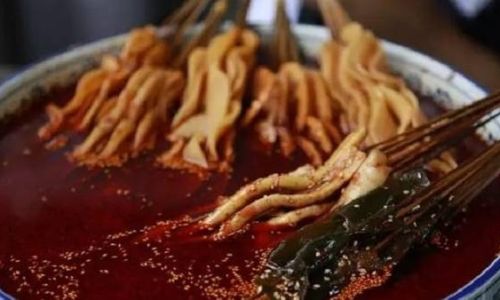
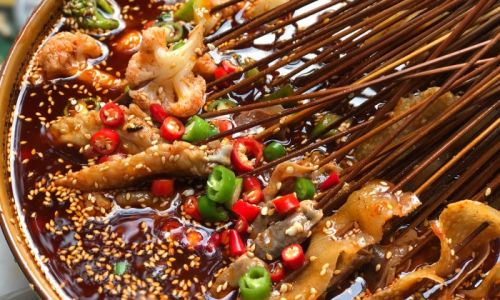
0 comments